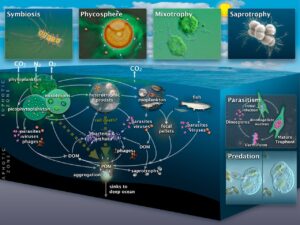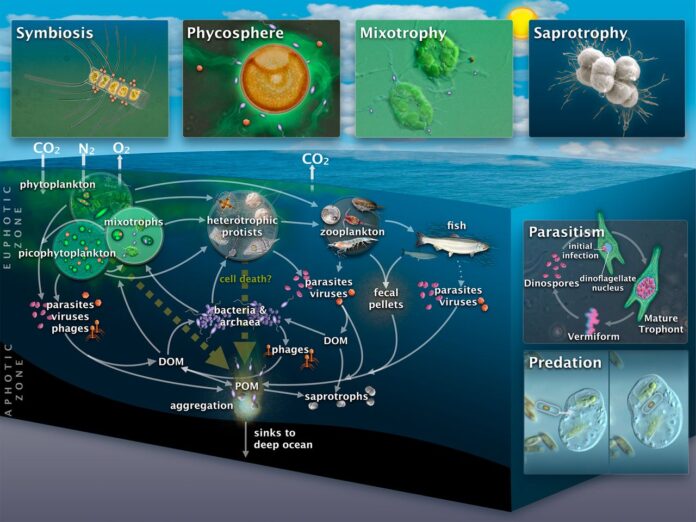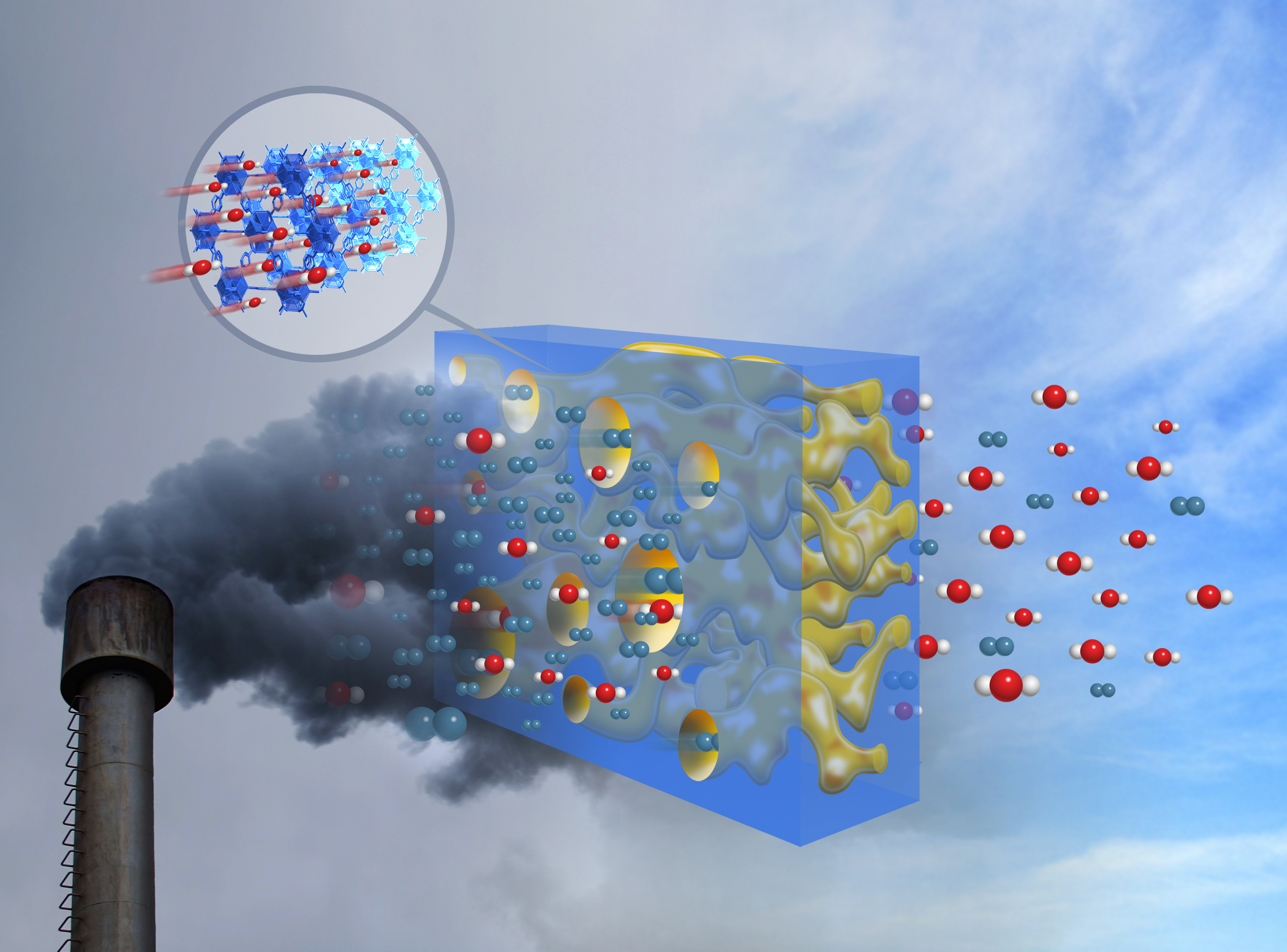As the world grapples with the escalating effects of climate change, innovative solutions are emerging to mitigate its impact. One promising avenue is the use of carbon-capturing microbes. These microorganisms can capture and store carbon dioxide (CO2) from the atmosphere, playing a crucial role in reducing greenhouse gas concentrations and promoting environmental sustainability. This article explores the science behind carbon-capturing microbes, their applications in biotechnology, and their potential in combating climate change.
Understanding Carbon-Capturing Microbes
Carbon-capturing microbes are a diverse group of microorganisms, including bacteria, archaea, and algae, that have the capability to absorb CO2 from their environment. These microbes utilize various metabolic pathways to fix carbon, converting it into biomass or other organic compounds. Some of the key types of carbon-capturing microbes include:
1. Cyanobacteria
Cyanobacteria, often referred to as blue-green algae, are photosynthetic bacteria capable of converting sunlight into energy. They utilize CO2 and, through photosynthesis, produce oxygen as a byproduct. Cyanobacteria are found in various habitats, including freshwater and marine environments, and can thrive in extreme conditions, making them resilient and adaptable.
2. Methanogenic Archaea
Methanogenic archaea are a unique group of microorganisms that produce methane (CH4) as a metabolic byproduct. While methane is a potent greenhouse gas, certain species can utilize CO2 in the anaerobic breakdown of organic matter, effectively capturing carbon in the process. This dual role highlights the complexity of microbial interactions in carbon cycling.
3. Fungi
Fungi, particularly mycorrhizal fungi, form symbiotic relationships with plants, enhancing their nutrient uptake. These fungi can also sequester carbon in the soil by decomposing organic matter and forming stable soil aggregates. Their role in carbon cycling is crucial for maintaining soil health and promoting sustainable agriculture.
Mechanisms of Carbon Capture
Carbon-capturing microbes employ several mechanisms to fix carbon from the atmosphere:
1. Photosynthesis
Cyanobacteria and algae utilize photosynthesis to capture CO2 and convert it into glucose, which serves as an energy source. This process not only reduces atmospheric CO2 levels but also contributes to oxygen production, supporting life on Earth.
2. Carbon Fixation Pathways
Different microbes utilize various pathways for carbon fixation:
- Calvin Cycle: This is the most common pathway used by cyanobacteria and plants. It involves the conversion of CO2 into organic compounds using energy from ATP and NADPH produced during photosynthesis.
- Wood-Ljungdahl Pathway: Used by certain bacteria and archaea, this pathway enables organisms to fix CO2 into acetyl-CoA, a crucial building block for various biomolecules.
3. Carbon Mineralization
Some microbes facilitate the mineralization of carbon by converting organic carbon into inorganic forms, such as carbonates. This process locks carbon away in stable minerals, reducing its availability in the atmosphere.
Applications in Biotechnology
The potential applications of carbon-capturing microbes in biotechnology are vast, offering innovative solutions for carbon sequestration and environmental restoration:
1. Bioremediation
Carbon-capturing microbes can be employed in bioremediation processes to clean up contaminated environments. By utilizing their carbon-fixing capabilities, these microbes can convert harmful pollutants into less toxic forms while simultaneously capturing CO2.
2. Biofuels Production
Certain carbon-capturing microbes can be harnessed to produce biofuels. By converting CO2 and organic waste into bioethanol or biodiesel, these microorganisms contribute to a circular economy, reducing reliance on fossil fuels and lowering greenhouse gas emissions.
3. Carbon Capture and Storage (CCS)
Integrating carbon-capturing microbes into CCS technologies can enhance the efficiency of capturing CO2 from industrial emissions. By using microbial processes to sequester carbon in solid or liquid forms, we can mitigate the impact of greenhouse gases released into the atmosphere.
4. Soil Health and Agriculture
Incorporating carbon-capturing microbes into agricultural practices can improve soil health and enhance crop yields. By promoting carbon sequestration in the soil, these microbes contribute to sustainable farming practices while addressing climate change.
Challenges and Considerations
Despite the potential benefits, the application of carbon-capturing microbes faces several challenges:
1. Environmental Factors
The effectiveness of carbon-capturing microbes is influenced by environmental conditions such as temperature, pH, and nutrient availability. Optimizing these factors is crucial for maximizing microbial activity and carbon capture efficiency.
2. Genetic Engineering
Advancements in genetic engineering offer the potential to enhance the carbon-capturing capabilities of microbes. However, ethical considerations and potential ecological impacts must be carefully assessed before implementing genetically modified organisms in natural ecosystems.
3. Economic Viability
The economic feasibility of utilizing carbon-capturing microbes on a large scale is still being evaluated. Developing cost-effective strategies for cultivation, maintenance, and application is essential for widespread adoption.
Future Prospects
As research progresses, the role of carbon-capturing microbes in climate change mitigation is likely to expand. Here are some future prospects:
1. Synthetic Biology
The integration of synthetic biology with microbial engineering could lead to the development of novel strains optimized for carbon capture. By designing microbes with enhanced carbon-fixing capabilities, we can increase the efficiency of carbon sequestration efforts.
2. Ecosystem Restoration
Utilizing carbon-capturing microbes in ecosystem restoration projects can enhance biodiversity and promote carbon sequestration in degraded environments. This approach not only addresses climate change but also supports the recovery of natural ecosystems.
3. Policy and Regulation
Governments and organizations are increasingly recognizing the importance of biotechnological solutions to combat climate change. Establishing supportive policies and regulations can facilitate research, development, and implementation of carbon-capturing microbial technologies.
Conclusion
Carbon-capturing microbes represent a promising biotechnological approach to addressing climate change. By harnessing the power of these microorganisms, we can develop innovative strategies for carbon sequestration, ecosystem restoration, and sustainable agriculture. While challenges remain, ongoing research and advancements in biotechnology hold the potential to revolutionize our approach to mitigating climate change. As we move forward, it is crucial to prioritize the integration of carbon-capturing microbes into broader climate action strategies, ensuring a sustainable future for our planet.





